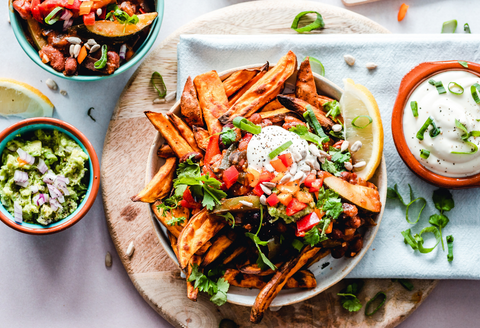Uncategorized
American vs European Food
How the Food in the United States Differs from Europe and the Impact on your Health
This summer, my family and I vacationed in Portugal, and our palettes were pleasantly surprised by how different the foods we love tasted there compared to back in the US. I had read about the differences between the food standards and quality in the United States (US) and Europe, but to experience it was remarkable. First, the chicken reminded me of how chicken used to taste when I was growing up compared to the chicken (organic) that I typically purchase in the US. The bread, pastries, fruits, and vegetables also tasted different.
There are several differences in the food standards and quality in Europe and the US.
• Most notably, Europeans do not allow substances that are known or suspected
cancer-causing agents in their food. They will also pull products off the market found to have substances that can cause harm. While in the US, the standards are somewhat lax. The US Food and Drug Administration (FDA) is the regulatory authority responsible for protecting public health by ensuring human and veterinary products’ safety, efficacy, and security. However, they have minimal jurisdiction over our food because they create a list of food and food ingredients that are Generally Recognized As Safe (GRAS) and rely on the companies producing the products to decide on the safety of substances they use in their food. Essentially, companies protect themselves from lawsuits that could occur under US liability law when they use these GRAS ingredients.
• Potassium Bromate and Azodicarbonamide (ADA) are chemical substances commonly used in foods in the US but not allowed in the European Union (EU) for human consumption.
Potassium Bromate is added to flour to make the dough rise and turn white. According to the International Agency for Research on Cancer (IARC), Potassium Bromate has been found in animal studies to increase benign and malignant tumors in the thyroid and in the membrane that lines the abdominal cavity and cause increases in cancer of the animals’ kidneys, thyroid, and other organs.
ADA is used to whiten cereal and is a dough conditioner to make bread stay soft and spongy longer. ADA is also used to create bubbles in certain plastics to make soft goods such as yoga mats and flip flops.
• Europeans demand higher-quality food. As a result, American companies that supply products to the European markets produce higher quality and healthier versions of their products. For example, Heinz, Quaker Oats, and Mountain Dew European products contain fewer chemical additives than those sold in the US.
The lower food standards and quality in the US are significant contributors to the increase in obesity and other chronic illnesses in the US. Over 60% of Americans are overweight or obese, and the overall impact on our health is significant. The diseases (e.g., diabetes, food allergies, obesity, autism, cancer, etc.) associated with unhealthy diets will soon bankrupt the US health care system.
In the US, we focus a lot on restricting certain foods and eating fewer calories to be healthy. Instead of counting calories, let’s focus on improving the quality of our food supply.

Deon Hall-Garriques is a Certified Public Accountant (CPA), Holistic Health Coach from the Institute of Integrated Nutrition and co-author of the best-selling book, “Building Beyond the 9 to 5”. She is the founder & CEO of Deon’s Wellness Wagon, where she coaches and educates women on health and nutrition. She is an expert in women’s health, and creator of the Five-Step Hormone Rebalance Program. Deon has been featured in VoyageLA magazine and has been dubbed the “Healthspirationist” and “Menopause mama” because of her success in helping perimenopausal and menopausal women transition naturally.


